Hello! Let's clear out some more bookmarks! This will be a very script/font-heavy post, and that ain't a warning away, it's an excited invitation to keep reading.
Fonts
Ages ago I watched this video called Uppestcase and Lowestcase Letters by a guy called Tom Murphy. It was a fun little video and I ended up checking out his site, where has loads of fun fonts available for free download!
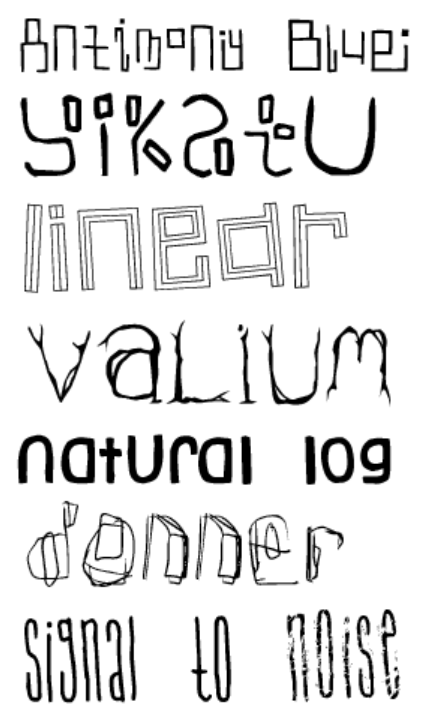


I have a couple of nice font pages bookmarked, it looks like. Here's the shop for Herzberg Design (below left), Morganne Borowczyk (below centre), and Sara Linsey (below right, and specifically comic fonts).

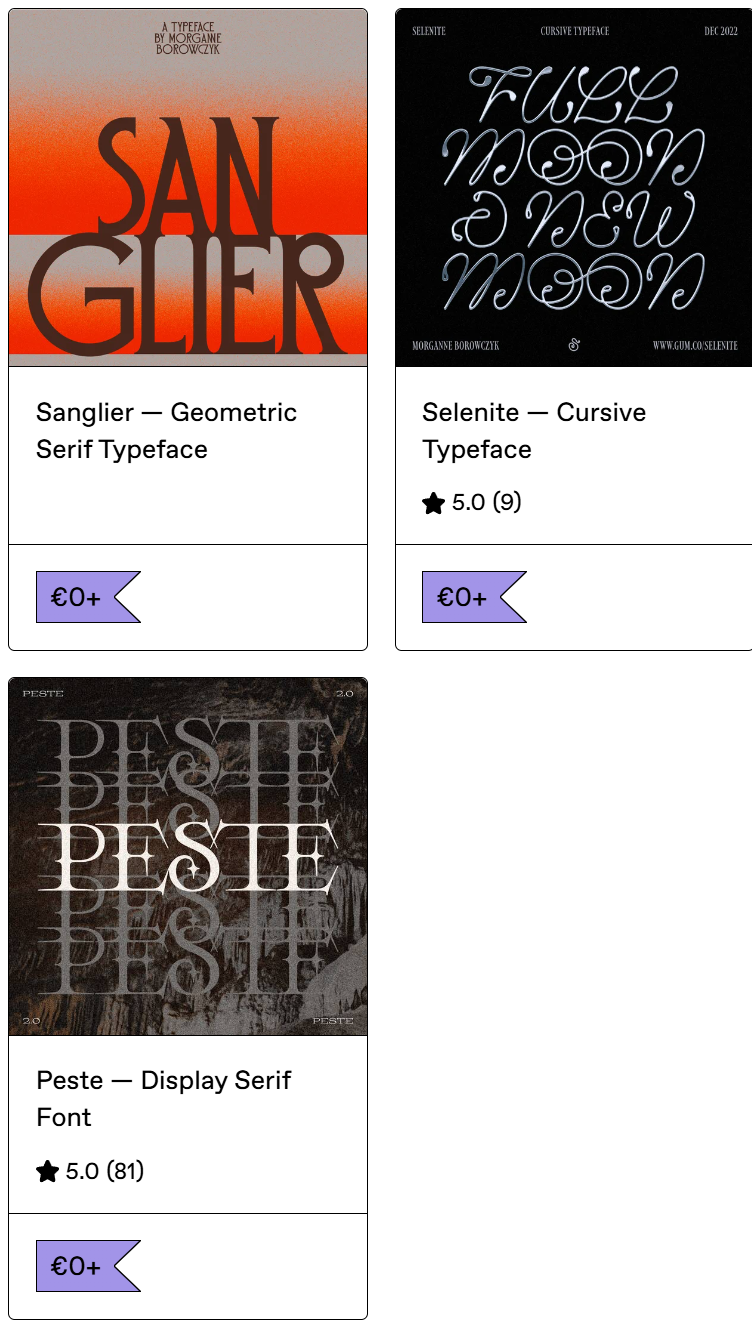
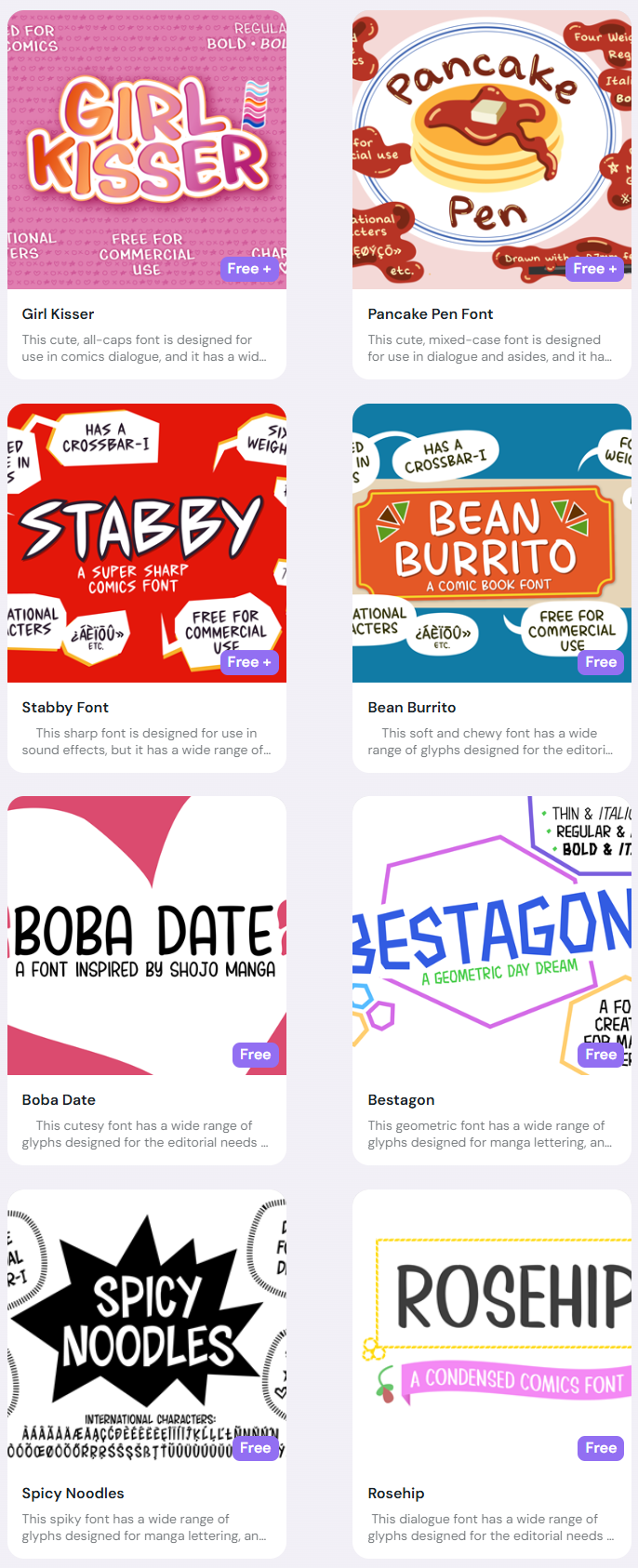
These are all so different but so much fun. I've been enjoying the graphic design I've been dabbling in through Quindrie Press and these fonts make me want to come up with new projects to use them for.
This blogpost from Florian Hardwig goes super indepth unravelling the mystery of the little-known font used on the Dune book covers.
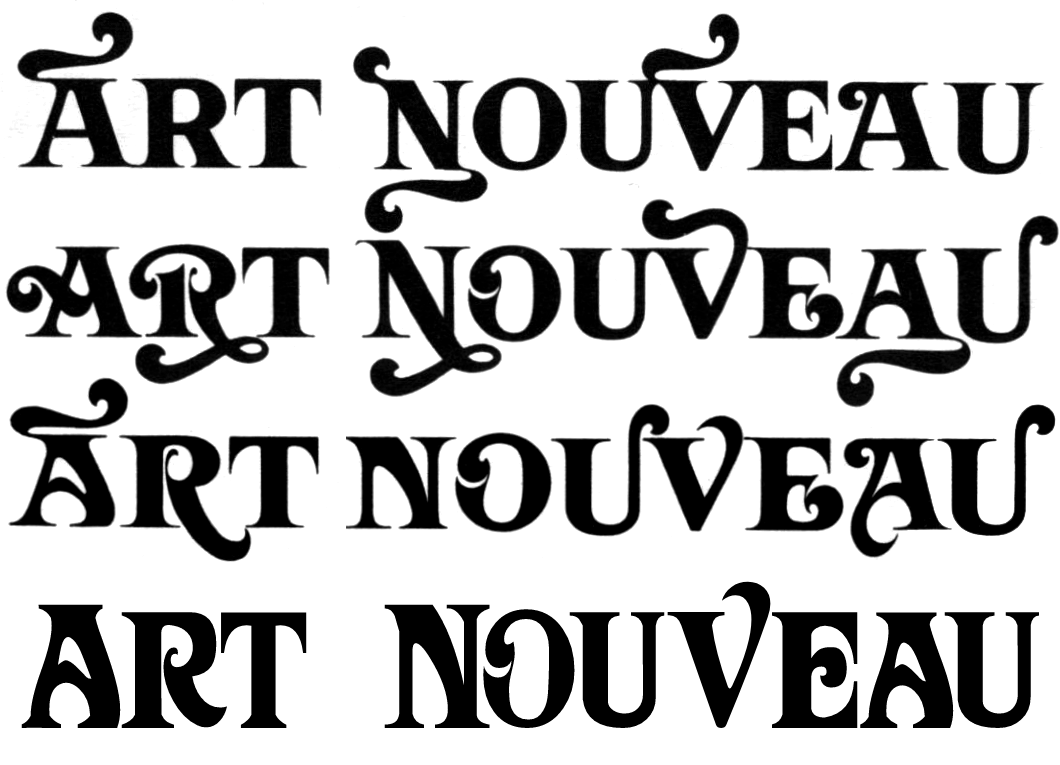
Related to fonts, but not actually a bookmark I have to clear out; last year a friend sent me this video about Atypography. The atypography website calls this form of typography a "movement that graphically represents traditional writing systems in an unconventional way, creating an authentic design that remains readable while concealing text signs at first glance. Atypography conceals textual content initially but can be deciphered by anyone with time. Reducing glyphs to minimal forms that are widely applicable." This is absolutely fascinating to me, and I've included some samples from the website below. It's something I really want to play with at some point in the future.
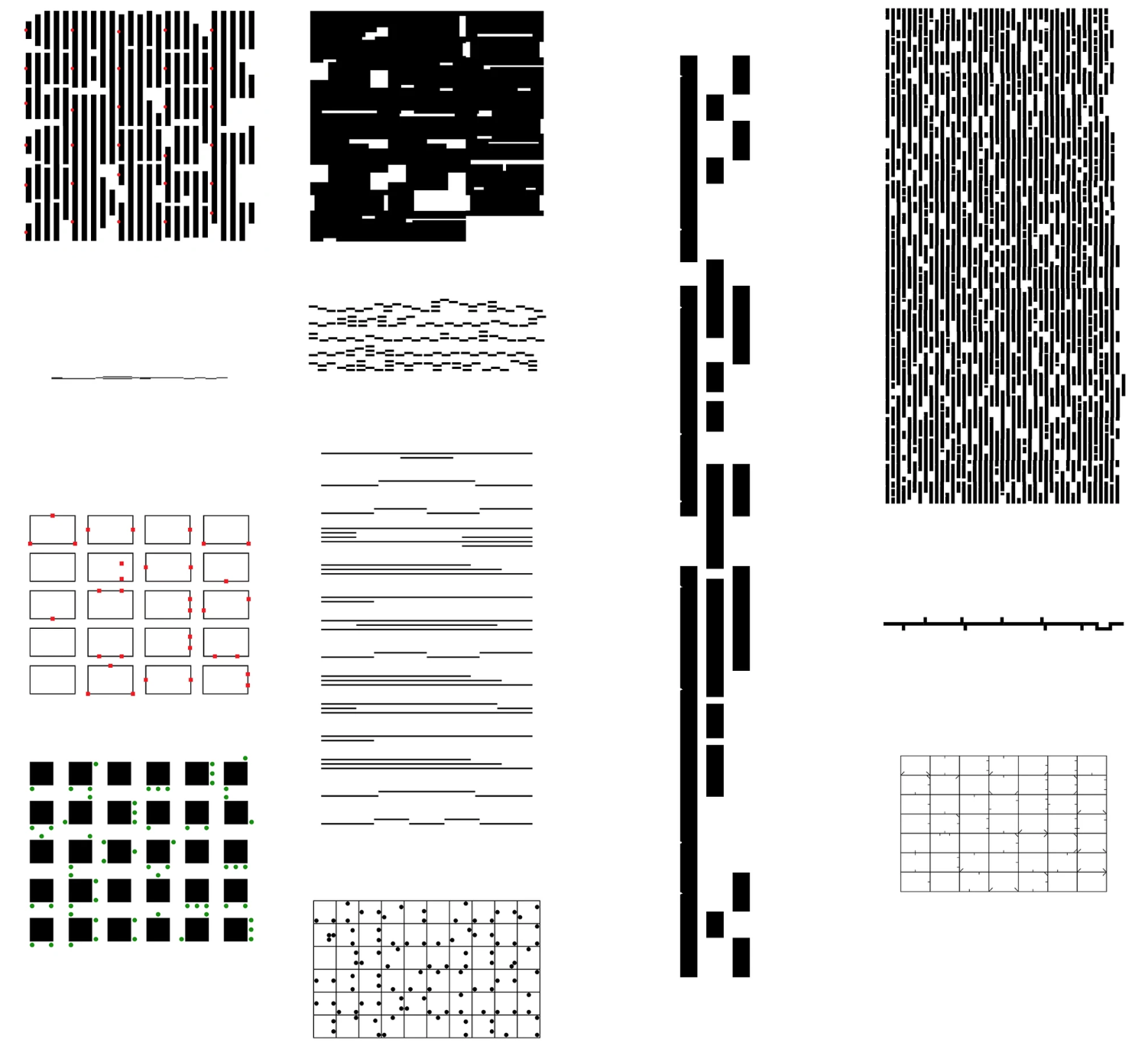
Scripts
I mentioned this in my Illitan & Besź blogpost a little while ago - Shapecatcher is a site that lets you draw any glyph and it'll show you which Unicode character it thinks it is. Super helpful for trying to find characters in non-Roman alphabets.
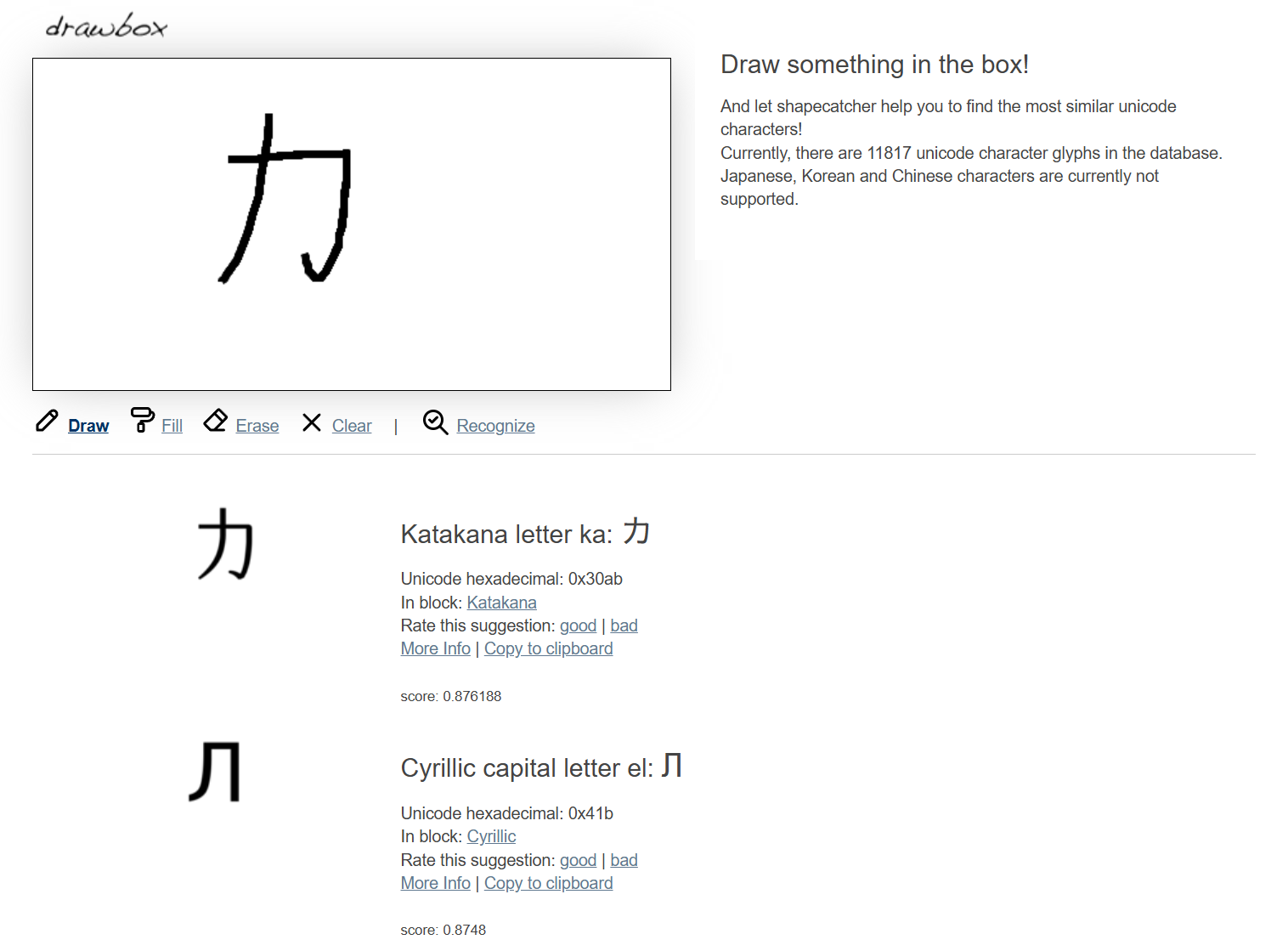
This cool chart from @Oysteib helps you figure out which (European) language you're looking at. Click to see a bigger version!
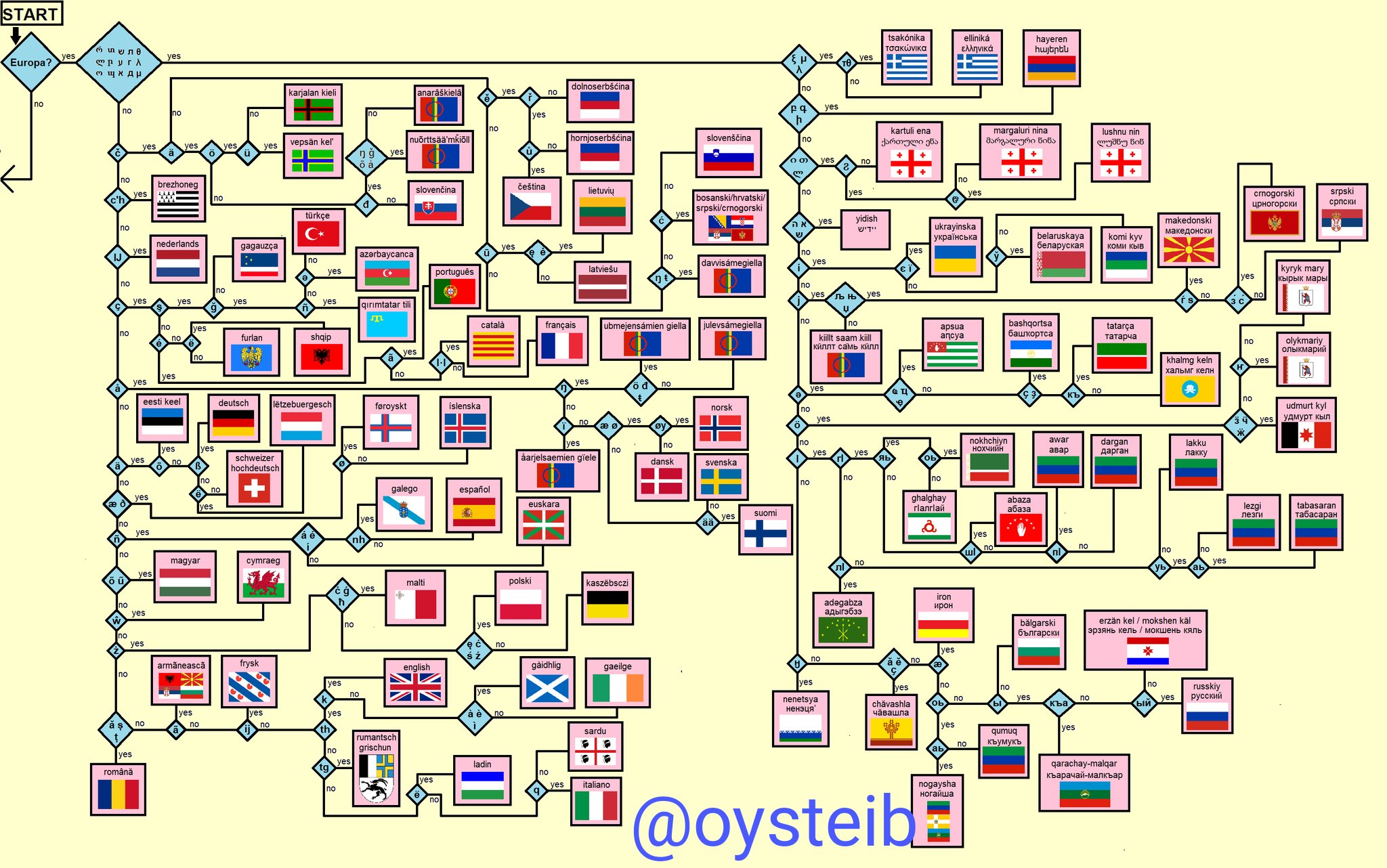
A Japanese teacher called Kayo-sensei posted these kanji etymology explanations, which I thought were fun.
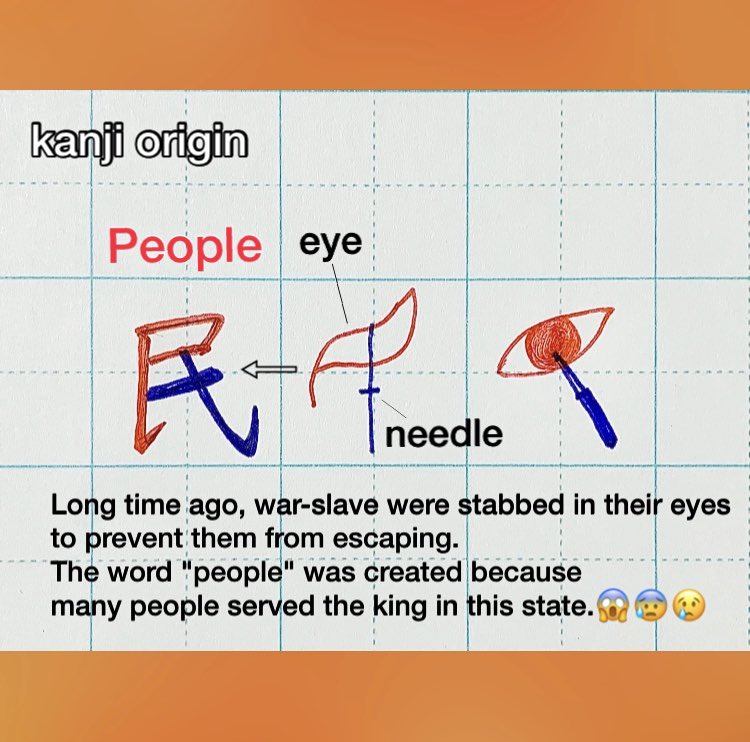

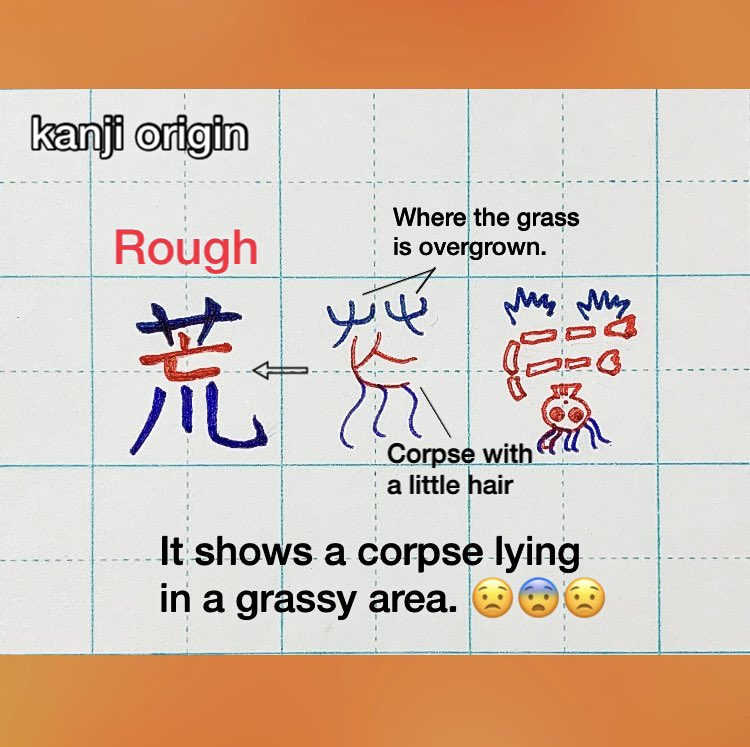
She also occasionally did "kanji riddles" by inventing kanji for new words to see if people could guess what they meant. This one was cute.
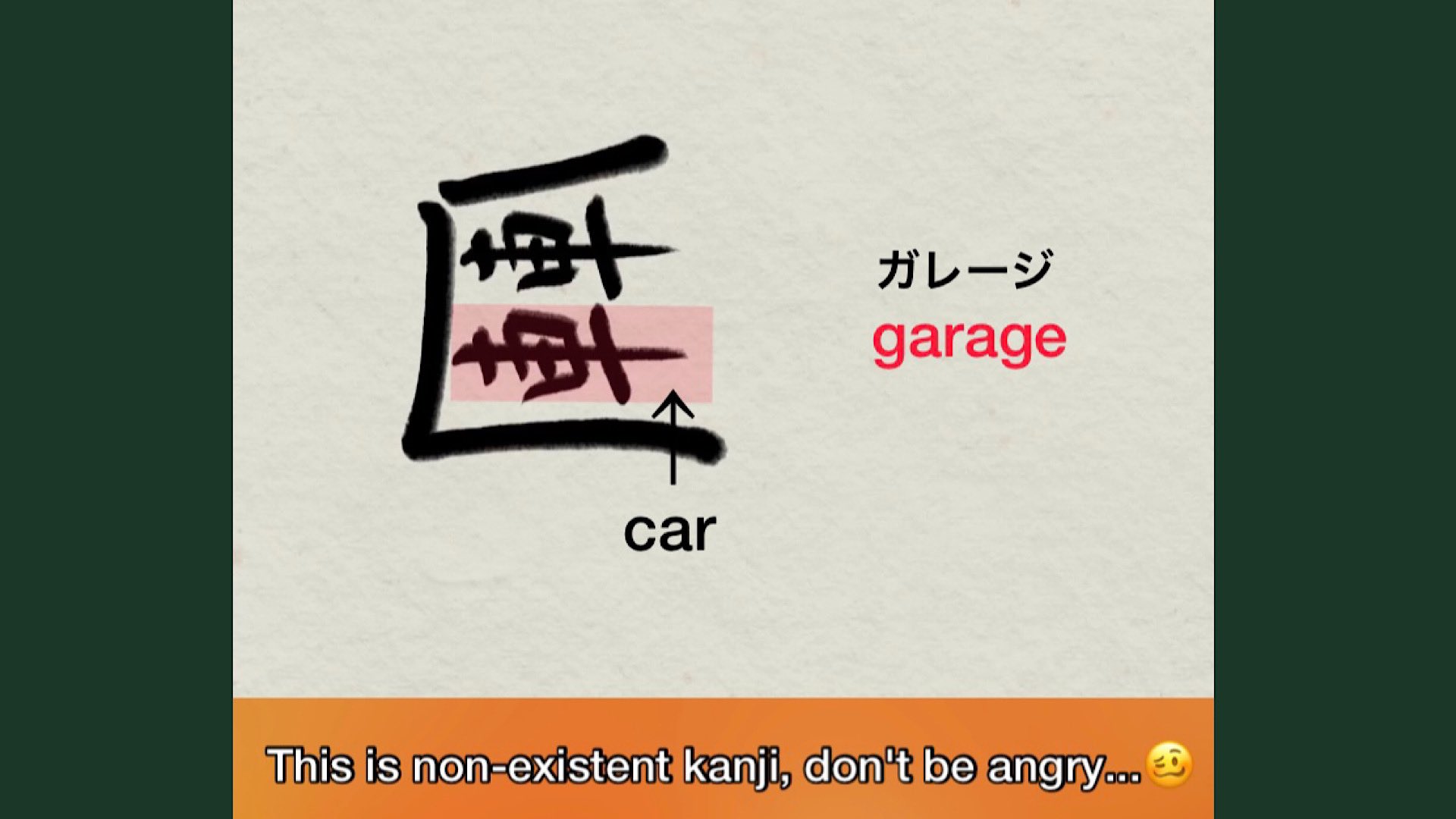
Keeping on the theme of kanji, this is a thread posted by @incunabula over on Twitter that is basically a synopsis of this article written by Chris Gaul. A lot of my Twitter bookmarks are breaking due to people privating or deleting their accounts, so I'm going to copy the entire thread here to preserve it because it's interesting!
"Japanese writing began with the introduction of kanji from China, which later also developed into hiragana & katakana. But - on the border of history and myth - are other strange and purportedly ancient characters, called kamiyo moji 神代文字: 'characters of the spirit age.'"
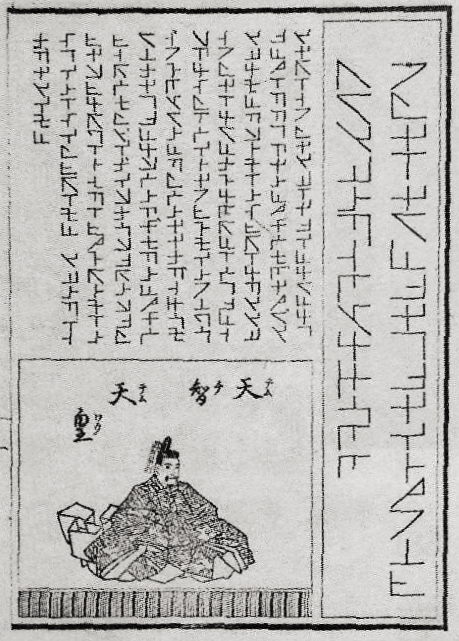
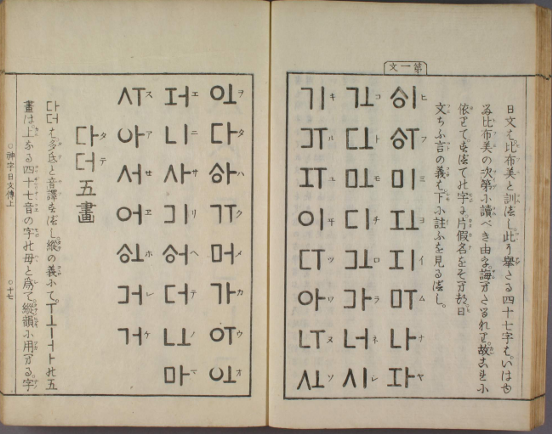
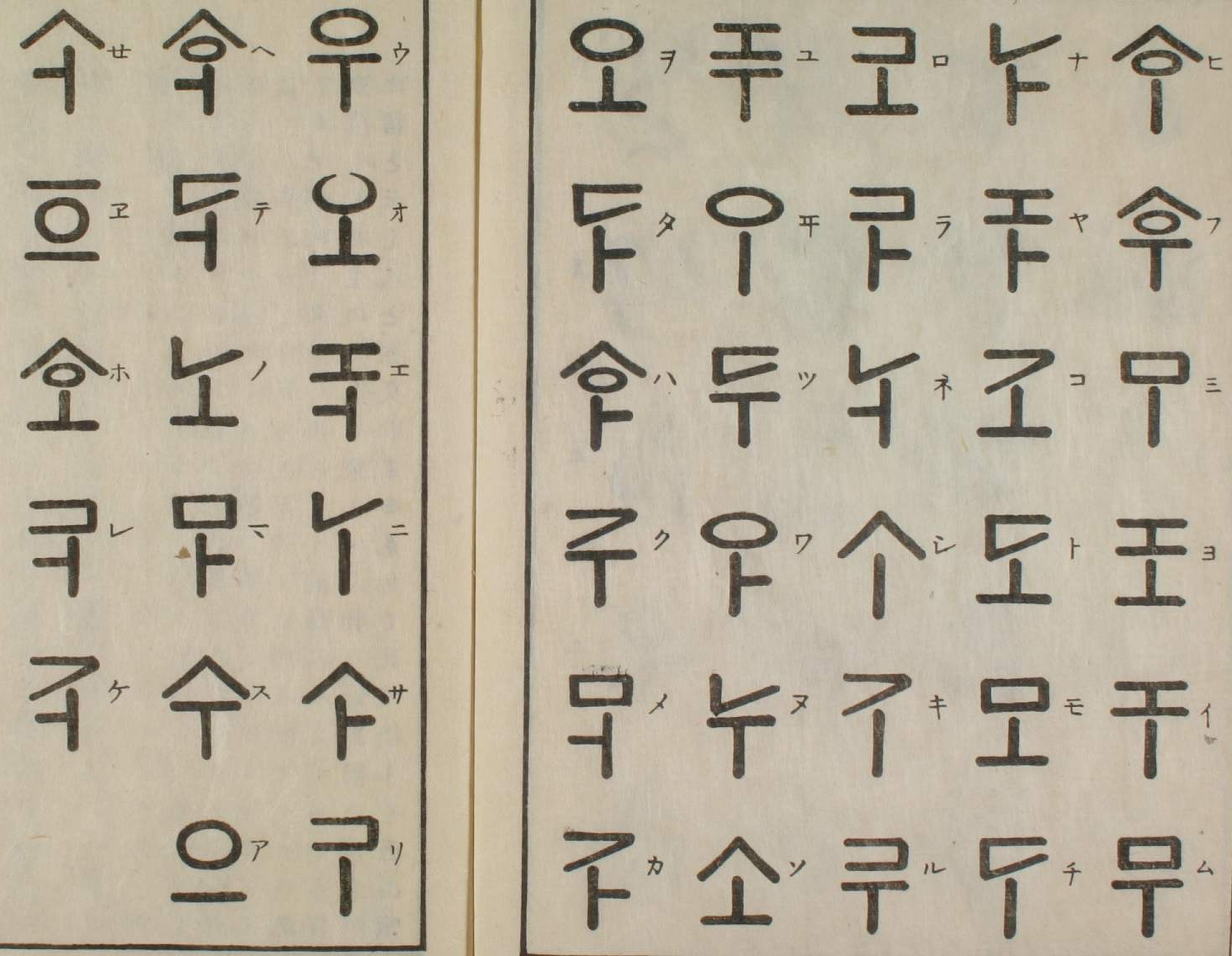
"It’s been claimed these scripts predate the introduction of kanji by centuries. Each of the dozen or so different scripts that together are called kamiyo moji has a distinct style: Katakamuna looks like a series of electrical diagrams, Abiru seems similar to Korean hangul."

"Scholars have debated the authenticity of kamiyo moji since they were first published in printed form in the 17th century. Almost all experts now believe that they are not authentically ancient, but are rather antiquarian fakes, created at that time they were 'discovered'."
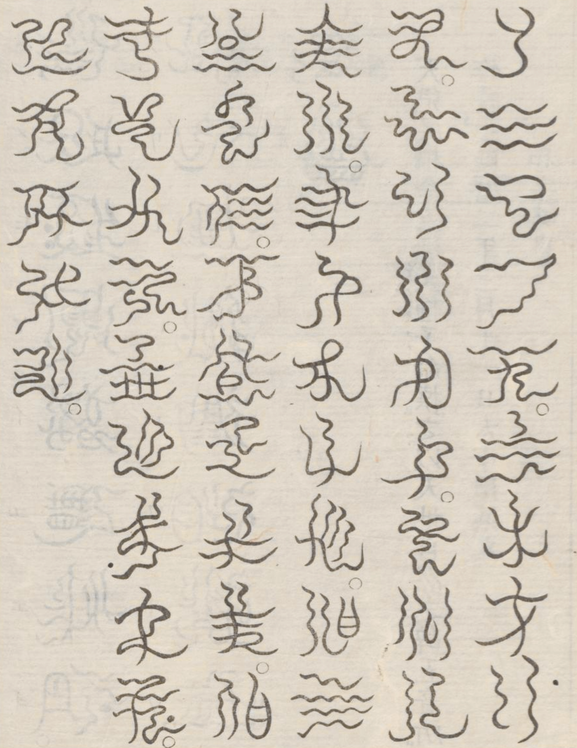
"Kamiyo moji appear on amulets and occasionally on shrine inscriptions across Japan. Notwithstanding the academic consensus that they are fakes, to this day, some still believe they are divine; representative of some ancient and quintessentially Japanese spiritual truth."
"A stone memorial from Hikawa Jinja in Kawaguchi with Ahira Kusa characters, a form of Kamiyo moji "scripts of the Age of the Gods" that is apparently already attested from the late Kamakura era (early 14th century):"
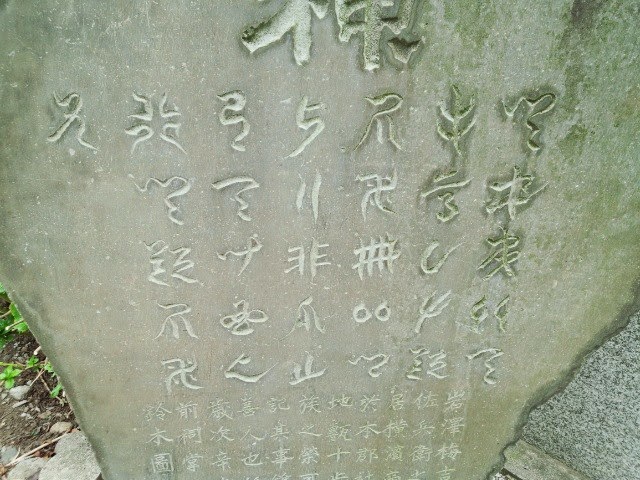
Conscripts
In 2007 someone called Ian James (who I mentioned in the first bookmark blogpost) created a script for the Māori language, which does not have its own writing system and uses the Roman alphabet today. I'm not sure who Ian James is and I couldn't find anything about him other than I think he lives/lived in Thailand so I don't know what actual Māori speakers think about this. His site intrigues me though - he's done a lot of script development for a lot of languages*.

Two years later he created the "Maui script", named after the mythological Māori figure Maui, which is another syllabary designed to look like carved beads. Whether or not Ian James had any right to go about creating scripts for cultures he may or may not have had connections to, I think these are really nicely developed. I do enjoy a script where shapes slot together like this.

So there's this book called The Language of Bugs by Zhu Yingchun, published in 2017, and I am DESPERATE to get my hands on a copy. It's 300 pages and entirely written in BUG LANGUAGE; "Inspired by the marks left behind by a cicada walking across his sketchbook, contemporary artist Zhu Yingchun placed boards and "ink ponds" of dark-coloured vegetable juices in his garden for the bugs to crawl through." It's completely sold out everywhere and I think it's out of print entirely which is devastating because I love love love this concept and want to own it so bad. Look at this:
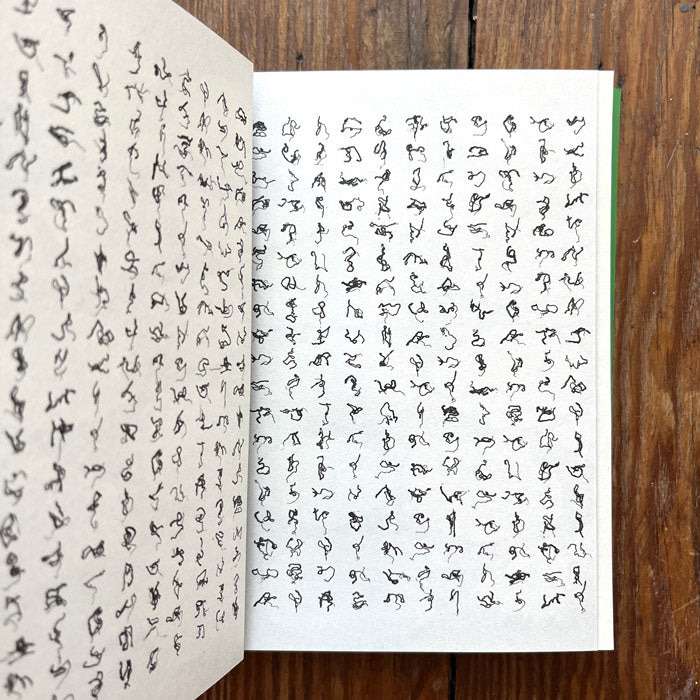
Zhu Yingchun has made multiple art books with bug "writing" as the main concept; here's another one called The Classic of Bugs, which is equally beautiful. I want these so bad, man.
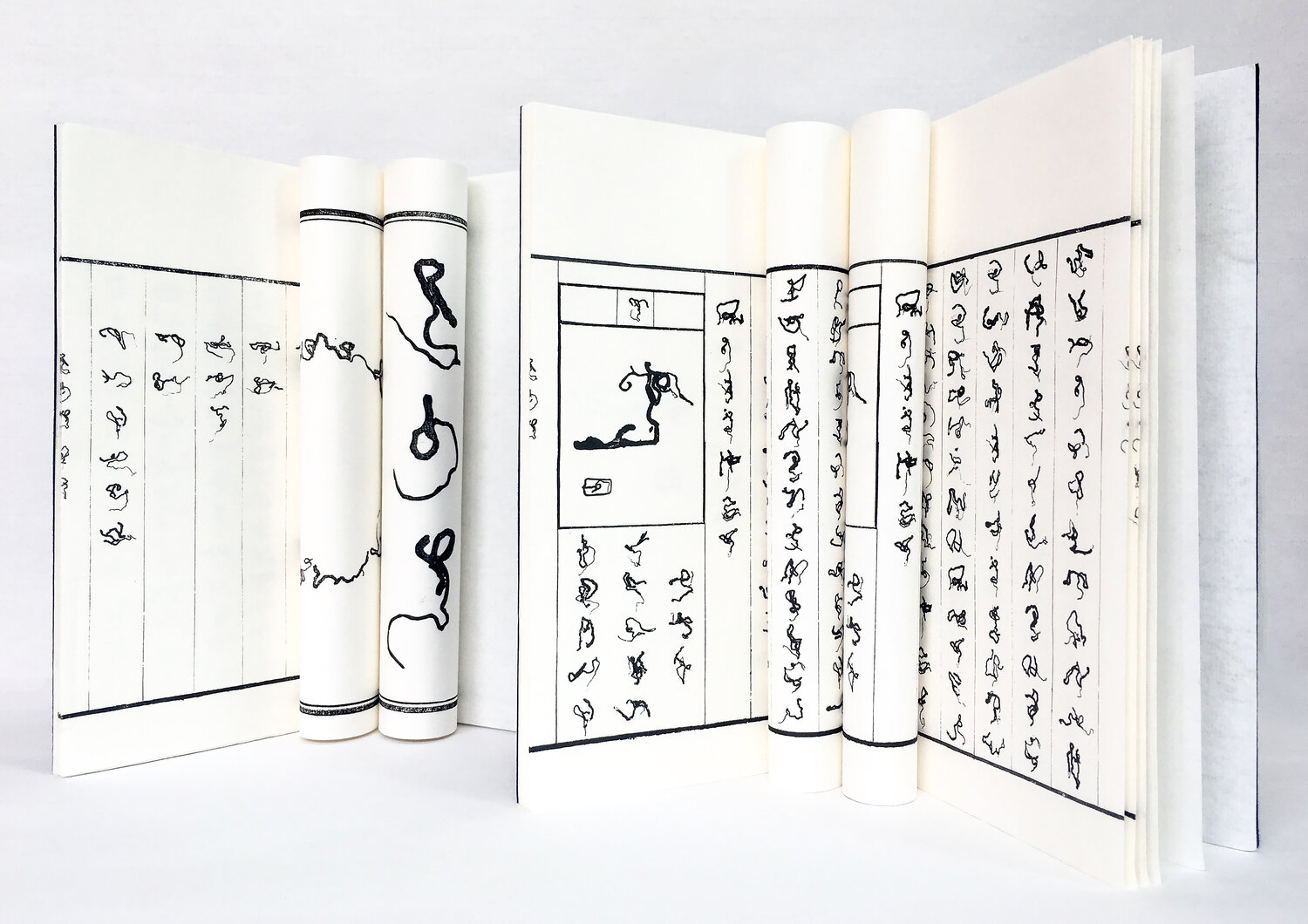
Here's some Angelic script created by Martina Benassi. I talked about this a little in my blogpost about the Nosferatu contracts, but these occult scripts are really funny to me because they're really just fanversions of the Hebrew alphabet**. They're even called the same names. This one looks like they just tilted a bunch of the letters and drew them slightly differently but I do like these stylised pieces.

This gorgeous asemic script from @FantasticalScr1 is based on wisteria flowers. The artist isn't active on Twitter anymore but posts a lot of cool different scripts on Instagram.
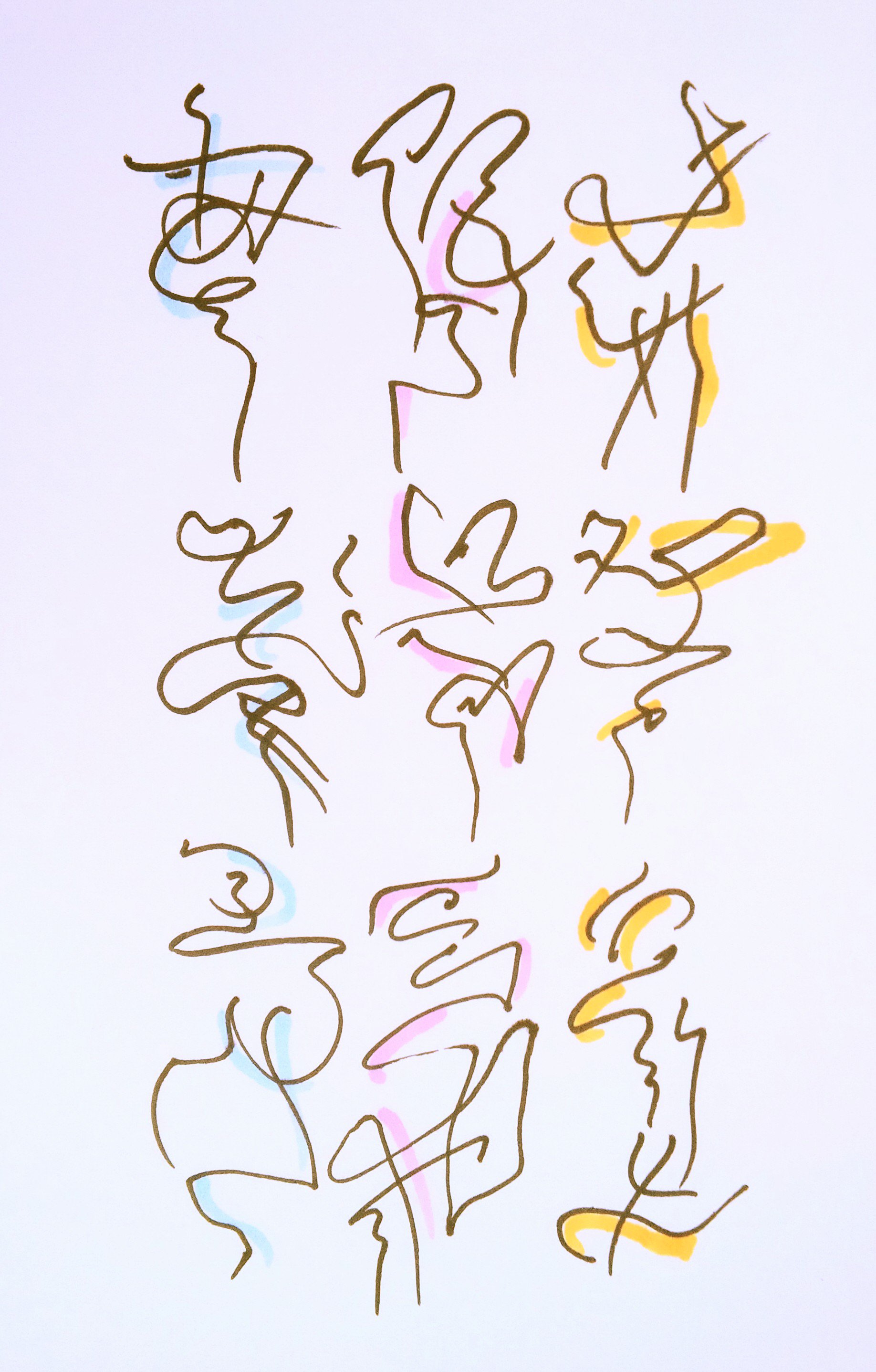
Numbers
This one has gone around the internet a whole bunch: the Cistercian number system, created by Cistercian monks in the 13th century as a method of writing any number up to 4 digits in a single glyph. There's a little more information over on Omniglot.

Here's another cool number system: Kaktovik, created by Inuit schoolchildren to use with the Iñupiaq base-20 oral counting system. The numbers are all intuitive as they look like the number they represent (3 is written with 3 lines, for example. You can read all about its development here, and read the full request for the glyphs to be added to Unicode here. Definitely check out the first link to see how Kaktovik can be used to solve equations, it's so cool.
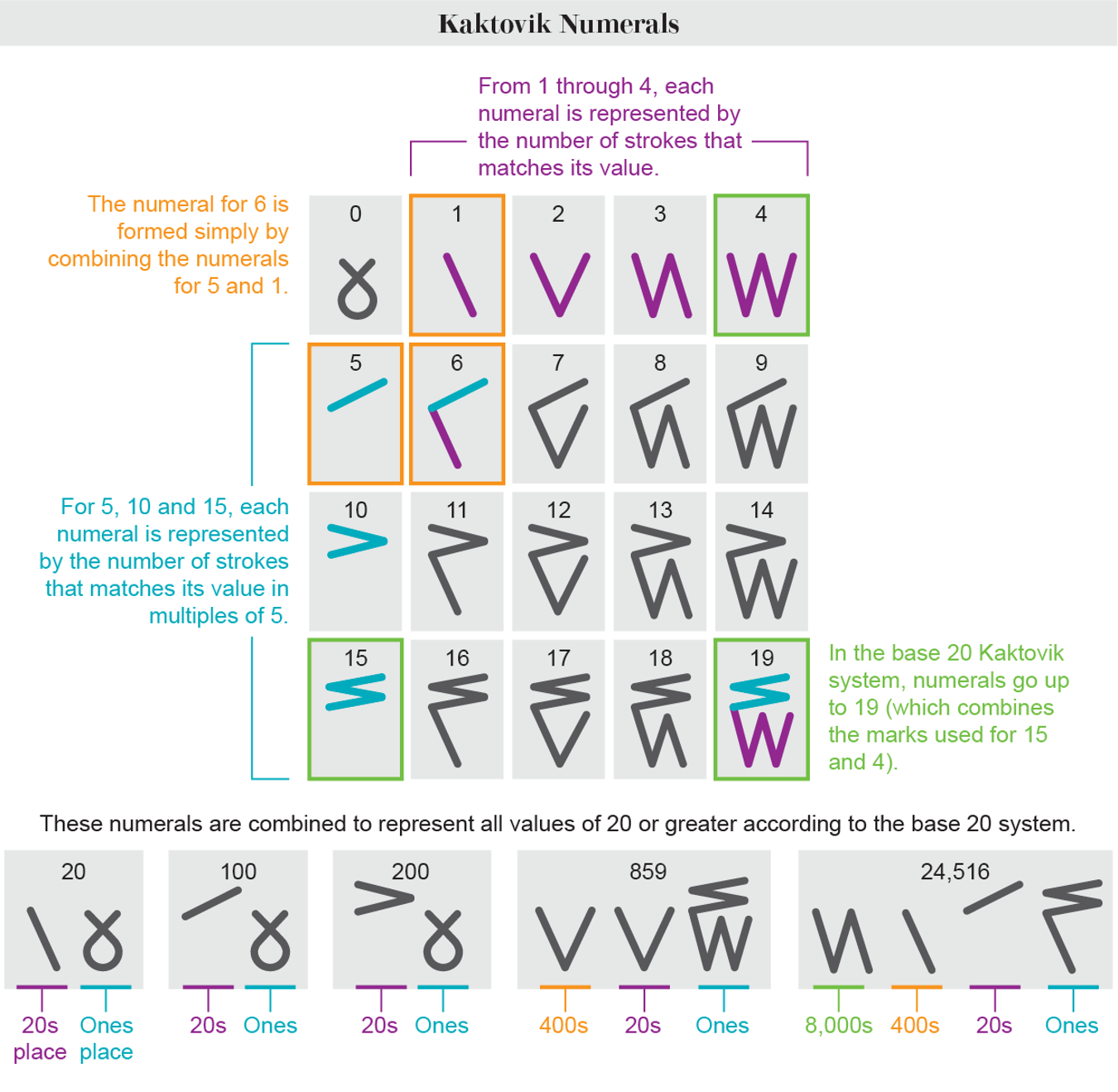
That's it for today, see ya!